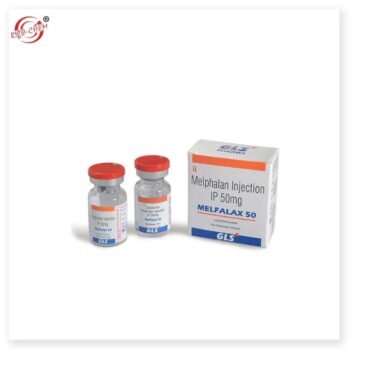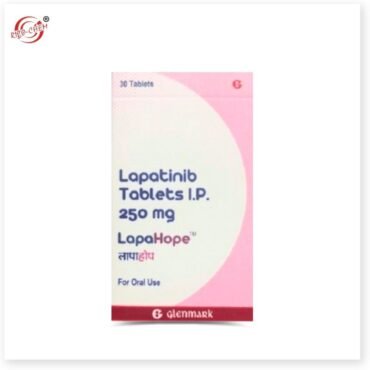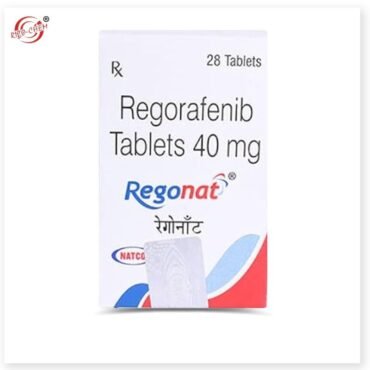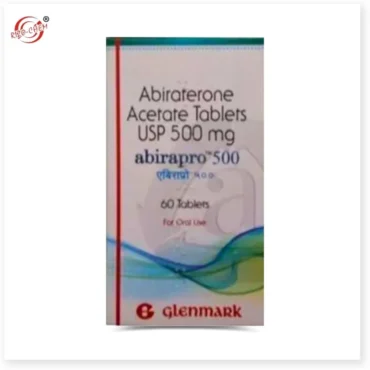Jakavi ruxolitinib 5 mg Tablet
Trade Name: Jakavi
Manufacturer: Novartis India Ltd
Presentation: Tablet
Strength: 5mg
The following are some of the most common side effects of ruxolitinib 5 mg:
ruxolitinib 5 mg wooziness and low platelet count are some ordinary manifestations of this drug. This prescription may diminish the number of platelets (decayed red blood cells) in your blood, as needs are, increasing your helplessness to infections. Standard blood tests are expected to truly investigate your platelets close to the heart, liver, kidney, and lipid levels.
What exactly is a Jakavi Ruxolitinib 5 mg Tablet?
Jakavi Ruxolitinib 5mg Tablet is used in the treatment of progressive idiopathic myelofibrosis and polycythemia vera.
What is the jakavi ruxolitinib 5 mg tablet?
It can be taken with or without food, but it is best to take it consistently throughout the day to reap the maximum advantages. Your doctor will determine which item is most important and how often you should take it. This will vary depending on what you’re being treated for, and it may change on a regular basis. Because your Medication has provoked you, you should take it without reservation. Confusion or adopting a precaution that isn’t essential can have far-reaching unexpected consequences. It may take a few weeks or months for you to notice or feel the advantages, but don’t stop taking it until your primary care physician advises you to.
What is the drug ruxolitinib used for?
Ruxolitinib is used to treat myelofibrosis (a dangerous development of the bone marrow wherein the bone marrow is replaced by scar tissue and causes lessened platelet creation).
Is ruxolitinib FDA approved?
On September 22, 2021, the Food and Drug Administration supported the use of ruxolitinib (Jakafi, Incyte Corp.) for constant unite versus-have illness (cGVHD) after disappointment with a couple of lines of fundamental treatment in grown-up and pediatric patients 12 years and more seasoned.
What are the side effects of ruxolitinib 5 mg?
Normal results of Jakafi include:
Swelling
drowsiness.
A headache
urinary tract disease.
Weight gain,
Enlargement
gas.
Low blood platelet levels (thrombocytopenia) Also,
Does ruxolitinib lower blood pressure?
Mean systolic circulatory strain was 124 mmHg at the gauge and 129 mmHg following 72 weeks of taking ruxolitinib. Mean diastolic circulatory strain was lower: 72 mmHg toward the beginning of treatment and 70 mmHg at week 72.
Does ruxolitinib cause neuropathy?
Inside the WHO’s VigiBase (starting on 21 March 2016), there was a sum of 37 reports where ruxolitinib was the main presumed medication to cause fringe neuropathy (32 reports) or axonal neuropathy (5 reports). Ruxolitinib has been recommended for the myelofibrosis sign in 29 of these 37 reports.
if you are looking for another brand or product click on temotec







